I have a main dag which retrieves a file and splits the data in this file to separate csv files. I have another set of tasks that must be done for each file of these csv files. eg (Uploading to GCS, Inserting to BigQuery) How can I generate a SubDag for each file dynamically based on the number of files? SubDag will define the tasks like Uploading to GCS, Inserting to BigQuery, deleting the csv file)
So right now, this is what it looks like
main_dag = DAG(....)
download_operator = SFTPOperator(dag = main_dag, ...) # downloads file
transform_operator = PythonOperator(dag = main_dag, ...) # Splits data and writes csv files
def subdag_factory(): # Will return a subdag with tasks for uploading to GCS, inserting to BigQuery.
...
...
How can I call the subdag_factory for each file generated in transform_operator?



